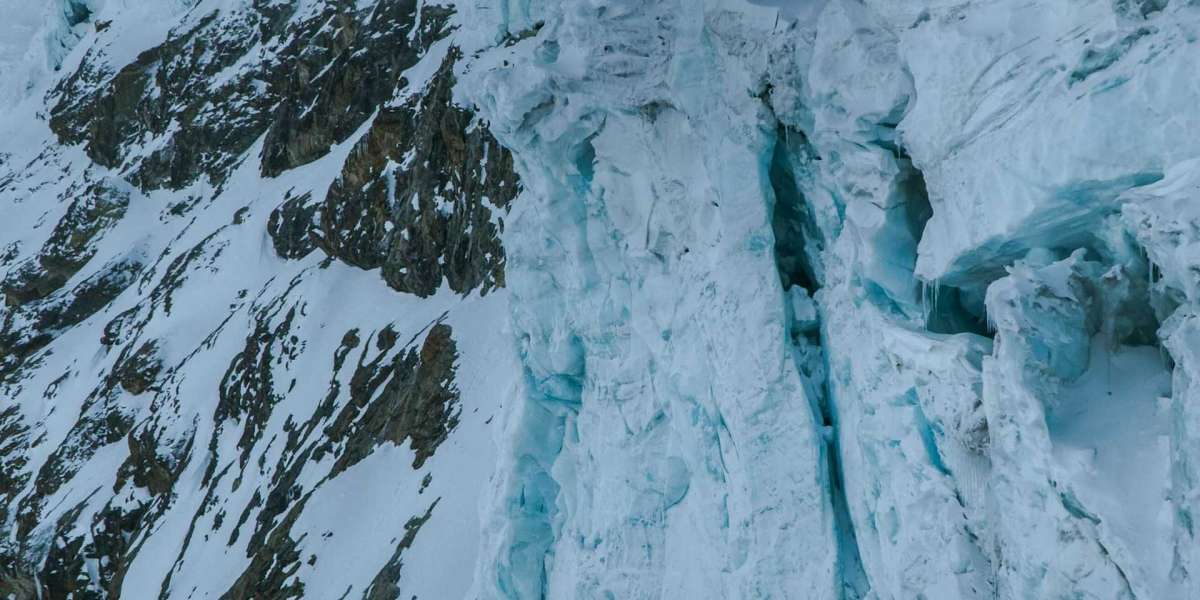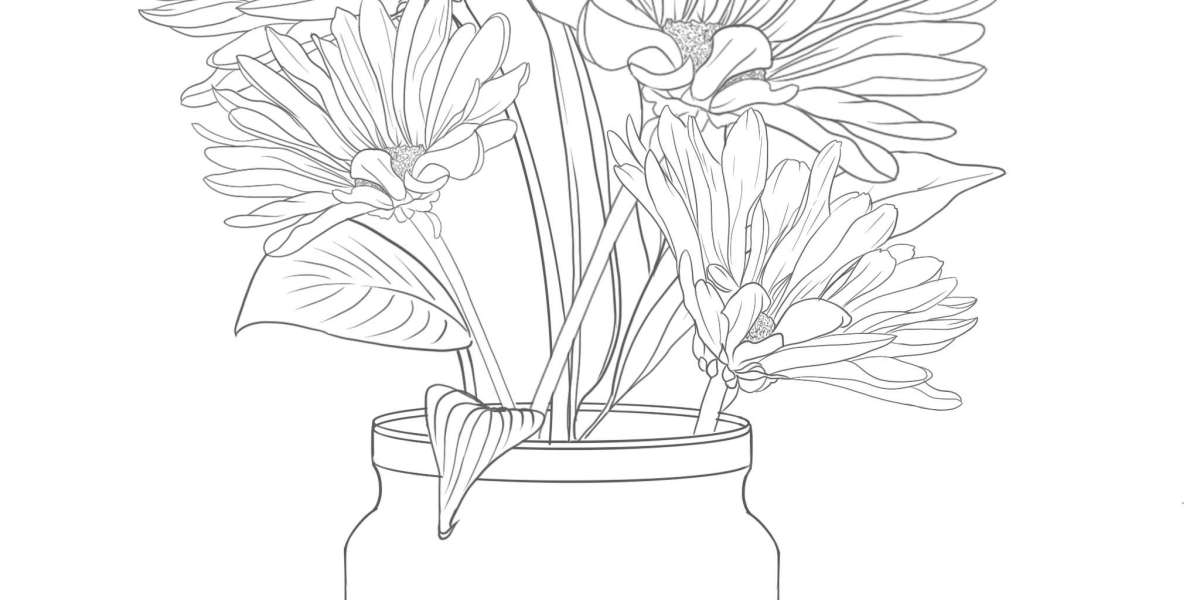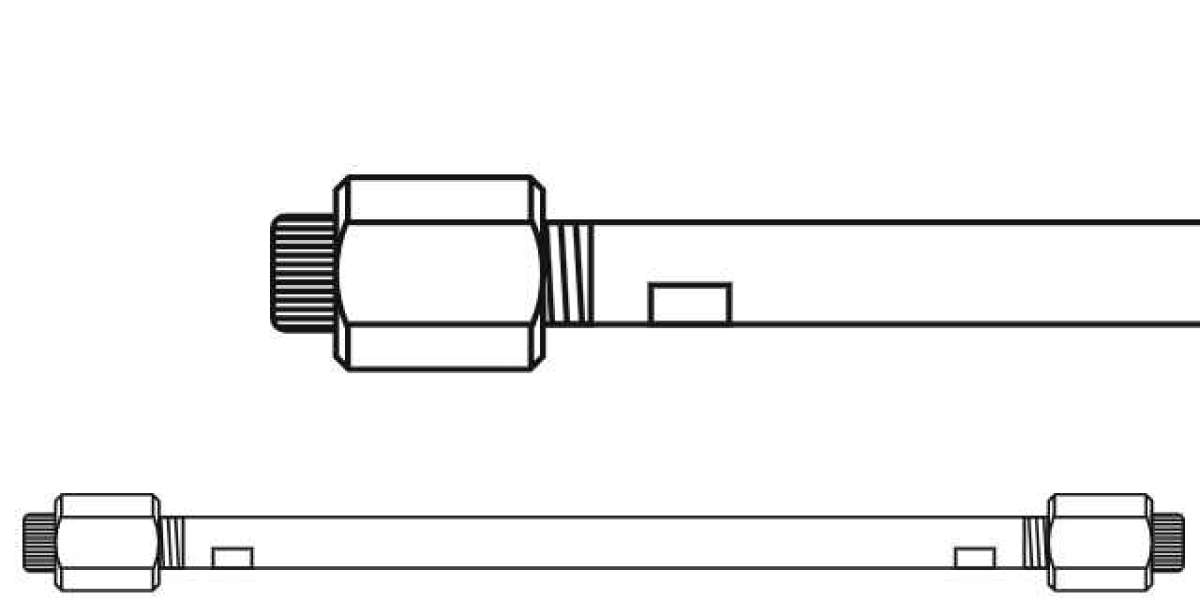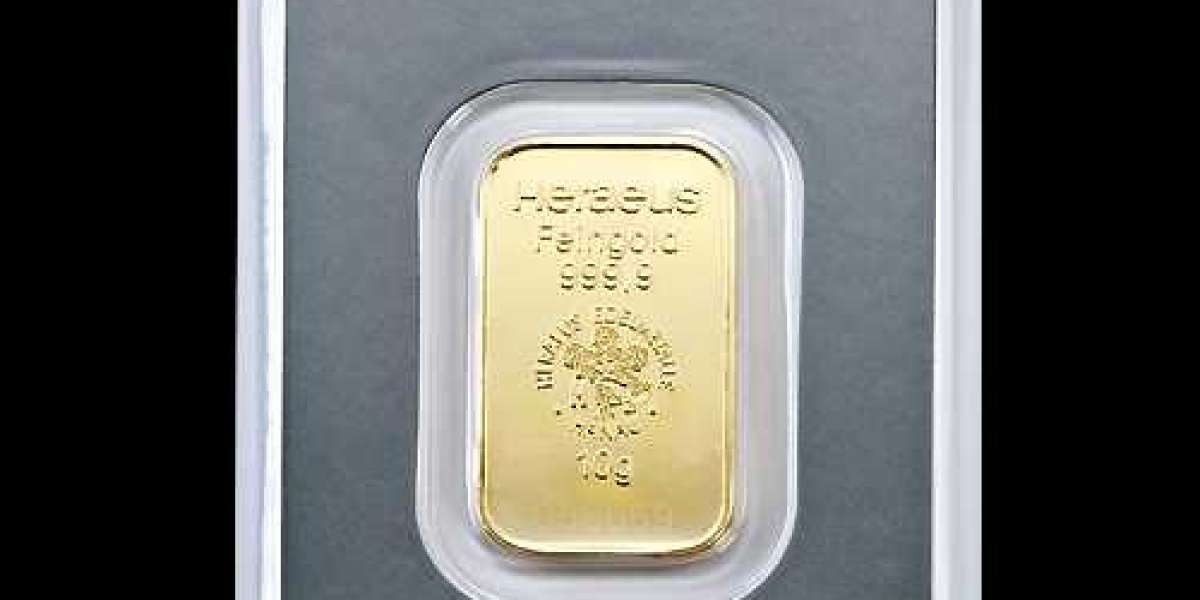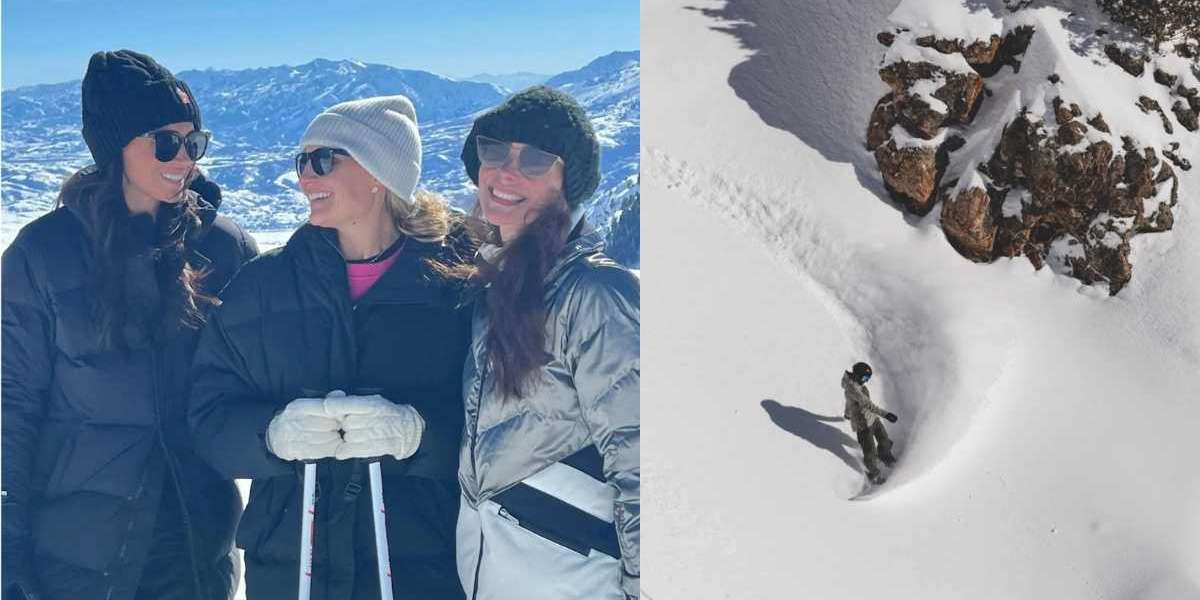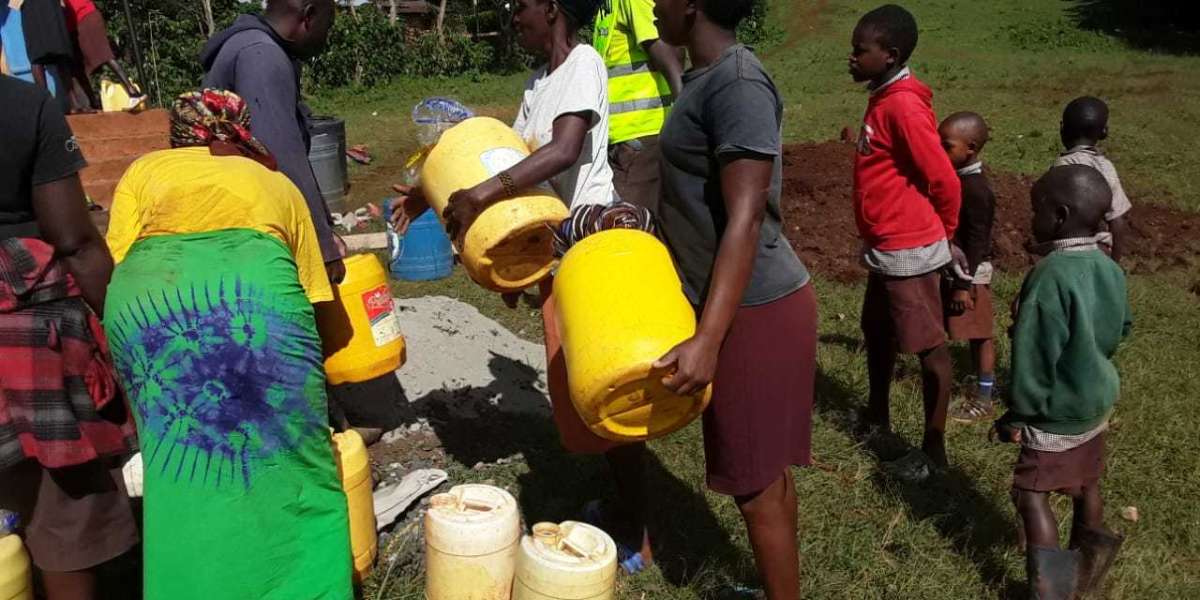Mera Peak (6,476 meters / 21,247 feet) is one of the highest trekking peaks in Nepal, offering climbers the opportunity to summit a Himalayan peak without the technical difficulty of more challenging mountains. Located in the Khumbu region, the Mera Peak climb provides breathtaking panoramic views of some of the highest peaks in the world, including Mount Everest, Lhotse, Makalu, and Cho Oyu. For trekkers who are up for an adventure and have basic mountaineering skills, Mera Peak is an ideal introduction to Himalayan peak climbing.
Why Choose Mera Peak for Climbing?
Stunning Views
The Mera Peak summit offers one of the best panoramic views in the Himalayas. You can see five of the world’s 14 tallest mountains, including Everest, Lhotse, Makalu, Cho Oyu, and Kanchenjunga.Non-Technical Climb
Unlike more technical climbs, Mera Peak does not require advanced mountaineering skills. Although it involves glacier travel and basic snow and ice climbing techniques, the summit push is achievable for climbers with some prior experience in trekking and basic climbing.Ideal for First-Time Climbers
Mera Peak is often considered one of the best trekking peaks for those looking to climb a Himalayan peak for the first time. The climb provides an opportunity to get a taste of high-altitude mountaineering without the extreme technical difficulty of peaks like Island Peak or Ama Dablam.Scenic and Isolated Trek
The trek to Mera Peak is less crowded than other Everest-region treks, offering a more serene and remote experience. The trail takes you through lush forests, remote villages, alpine meadows, and glaciers, providing a truly immersive trekking experience.
Key Highlights of the Mera Peak Climb
The Climbing Route
The standard route to Mera Peak begins at Salah (Pangboche) or Chhutanga, depending on the itinerary. The trek leads you through traditional Sherpa villages, forests, alpine meadows, and glaciers. The final summit push involves glacier travel, snow, and ice climbing, but it is manageable for climbers with basic mountaineering training.Summit Views
The summit of Mera Peak offers unrivaled views of the Everest, Lhotse, Makalu, Cho Oyu, and other surrounding peaks. You’ll also enjoy spectacular views of the deep valleys and glaciers below.Mera Peak Summit Day
The summit day typically begins very early in the morning, as climbers start the ascent in the dark. The final climb involves a steep ascent on snow and ice, with some sections requiring the use of crampons and an ice axe. Once you reach the summit, you'll be rewarded with awe-inspiring 360-degree views of the Himalayas.Mera La and High Camp
To reach the summit, you’ll need to set up a high camp at Mera La, at an altitude of around 5,800 meters (19,029 feet). From here, climbers begin their final push to the summit. The higher altitude at Mera La means proper acclimatization is crucial to ensure success.
Suggested Itinerary for Mera Peak Climbing
The standard Mera Peak climbing itinerary typically spans 12 to 16 days, depending on the pace, acclimatization, and weather conditions. Here’s a sample itinerary for a 15-day trip:
Day 1: Arrival in Kathmandu
Arrive in Kathmandu, where you’ll spend the night preparing for your climb.
Day 2: Fly to Lukla and Trek to Paiya
Take a flight to Lukla, the gateway to the Khumbu region, and then trek to Paiya (2,730 meters / 8,957 feet).
Day 3: Paiya to Panggom
Trek to Panggom (2,846 meters / 9,337 feet), passing through rhododendron forests and small Sherpa villages.
Day 4: Panggom to Nashing Dingma
Continue to Nashing Dingma (2,875 meters / 9,433 feet), enjoying stunning views of the surrounding valleys and peaks.
Day 5: Nashing Dingma to Chhutanga
Trek to Chhutanga (3,000 meters / 9,843 feet), where you’ll have a rest day for acclimatization.
Day 6: Chhutanga to Thuli Kharka
Trek to Thuli Kharka (4,300 meters / 14,108 feet), a small settlement with stunning mountain views.
Day 7: Thuli Kharka to Kote
Continue trekking to Kote (3,800 meters / 12,467 feet), a beautiful location with views of Mera Peak.
Day 8: Kote to Mera Base Camp
Trek to Mera Base Camp (5,300 meters / 17,388 feet), where you’ll set up camp and prepare for the summit push.
Day 9: Acclimatization Day at Base Camp
Take a day to acclimatize at Mera Base Camp, exploring the surrounding area and ensuring your body adjusts to the high altitude.
Day 10: Mera Base Camp to High Camp
Trek up to Mera High Camp (5,800 meters / 19,029 feet), where you’ll spend the night in preparation for the summit.
Day 11: Summit Day – Mera Peak to Summit and Back to High Camp
Start early for the summit push. After reaching the summit (6,476 meters / 21,247 feet), return to High Camp for the night.
Day 12: High Camp to Mera Base Camp
Descend back to Mera Base Camp for a rest day and to recover from the summit.
Day 13: Mera Base Camp to Kote
Trek back down to Kote and enjoy the descent.
Day 14: Kote to Lukla
Trek back to Lukla to celebrate the successful completion of your climb.
Day 15: Fly back to Kathmandu
Take a flight from Lukla back to Kathmandu.
Preparation for Mera Peak Climbing
Physical Fitness
Mera Peak climbing requires a good level of fitness. You should prepare by regularly hiking, running, or engaging in cardio workouts. Focus on building stamina and strength, as the climb will involve long days of trekking at high altitudes.Mountaineering Training
If you don’t have experience with crampons, ice axes, or glacier travel, it’s important to have some basic mountaineering training before attempting Mera Peak. You can take a short mountaineering course in Kathmandu or in other countries before your trip.Gear and Equipment
Essential gear for Mera Peak includes:Climbing boots (stiff and insulated)
Crampons
Ice axe
Harness
Trekking poles
Warm clothing (layers for extreme cold)
Sleeping bag (rated for -20°C or lower)
Climbing helmet
Gaiters and gloves
Acclimatization
Proper acclimatization is critical to avoid altitude sickness. Ensure you have enough rest days and gradual ascents to allow your body to adjust to higher elevations.
Permits and Fees for Mera Peak Climbing
To climb Mera Peak, you’ll need the following permits:
Annapurna Conservation Area Permit (ACAP)
Mera Peak Climbing Permit
The cost for the Mera Peak climbing permit depends on the season. It ranges from $250 for peak season (spring/autumn) to $125 for off-season (winter/summer).
Best Time to Climb Mera Peak
The best time for Mera Peak climbing is during the autumn (September to November) and spring (March to May) seasons. During these months, the weather is generally stable, and the skies are clear, providing excellent visibility for the summit.
Conclusion
Climbing Mera Peak is a rewarding experience, offering spectacular views of the Himalayas and an accessible introduction to high-altitude mountaineering. While the climb requires some physical and mental preparation, it is an achievable goal for trekkers with basic climbing skills and a passion for adventure. Whether you're a seasoned trekker looking for a new challenge or a beginner in mountaineering, Mera Peak provides a chance to stand atop a Himalayan summit and enjoy unparalleled panoramic views.
